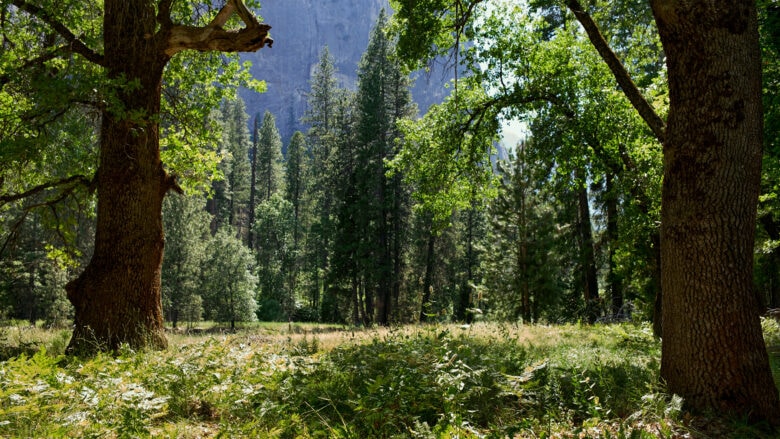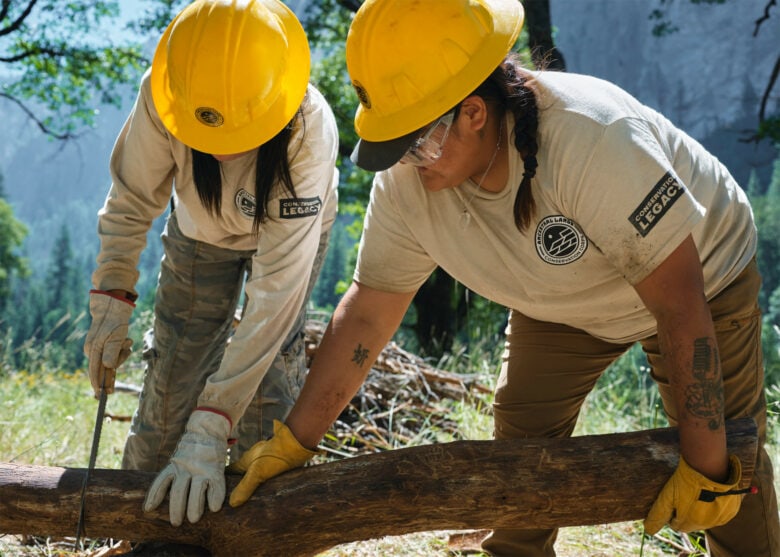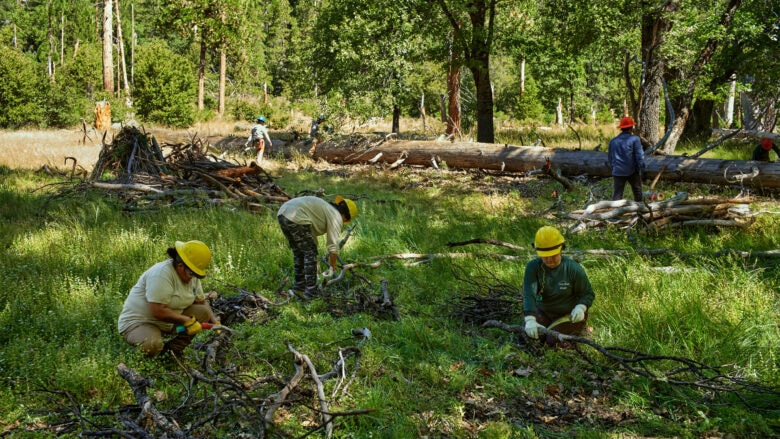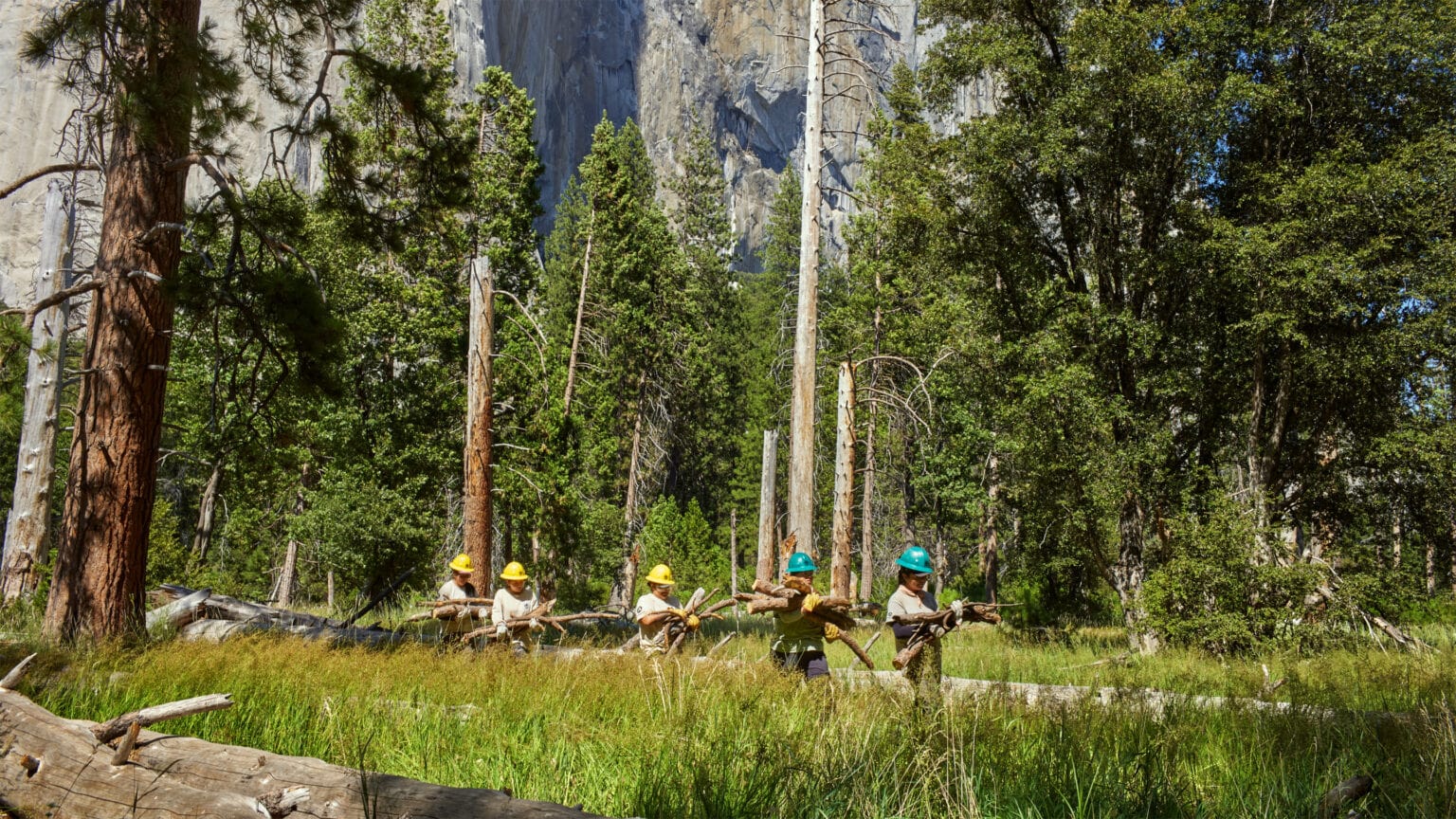The National Parks Foundation is putting up money to help indigenous youth restore a sacred tribal spot in California’s Yosemite National Park, Apple said Thursday. The iPhone-maker helps fund the foundation through Apple Pay sales.
Apple partner funds restoration of tribal land in Yosemite National Park
Apple sets aside the last week or so of August every year — the National Parks Service’s anniversary — to help fund the National Parks Foundation through Apple Pay sales on apple.com and elsewhere.
So Cupertino put out a lovely feature story Thursday on the foundation’s funding of work by Yosemite Ancestral Stewards and Ancestral Lands Conservation Corps to restore a sacred grove of black oaks in El Capitan Meadow in the famous park in California’s Sierra Nevada mountains.
El Capitan Meadow

Photo: Apple
As the article eloquently states:
At the base of Yosemite National Park’s 7,573-foot-tall El Capitan lies a grove of black oak trees. As the wind blows, their leaves rustle like whispers to each other. Meanwhile, passersby stumble off the beaten path, seeking an up-close view of El Capitan’s pure granite rock face. These wanderers create social trails, as they’re called, which occur when park visitors repeatedly veer off planned routes and follow trotted-down footpaths through meadows and other grasslands.
But “social trails” aren’t a good thing:
They’re one of many threats to this black oak grove that is sacred to the seven traditionally associated tribes and communities of Yosemite: the Southern Sierra Miwuk Nation, the Tuolumne Band of Me-Wuk Indians, the Bishop Paiute Tribe, Bridgeport Indian Colony, Kutzadika’a Mono Lake Indian Community, North Fork Rancheria of Mono Indians of California and the Picayune Rancheria of Chukchansi Indians.
Indigenous youth

Photo: Apple
So indigenous youth working in the two programs set about restoring the sacred grove.
“It takes a very long time for those things to come back,” said Yosemite Ancestral Stewards crew leader Nellie Tucker, who is Miwuk and Paite, about social trails. “That’s one less blade of grass that a butterfly can land on, or something can eat. And then it becomes another space for invasive plants.”
Yosemite Ancestral Stewards, working alongside Ancestral Lands Conservation Corps, is the first tribal conservation crew made up of young adults from the Yosemite National Park-affiliated tribes.
Apple noted that this season Ancestral Lands Conservation Corps built an all-women crew to learn forestry work. It not only creates a safe space for them, it teaches them crucial skills related to an industry — land conservation — they’ve mostly not been welcomed to serve, historically.
Wildfire fuels reduction

Photo: Apple
The crews fell dead trees and clear downed limbs and other debris that could fuel wildfires sparked by lightning and other causes. It’s work that tribal elders have taught about caring for the land.
In this case, the work will yield a “cultural burn” of the debris, “a tradition of using prescribed fire to maintain the health of land and vegetation that dates back thousands of years,” Apple’s article said.
“Back in the day, to regulate how much leaf litter or invasive species were on the ground, Indigenous people would come in and plan out where they would burn and how they would do it,” said Yosemite Ancestral Stewards crew member Nicole Long, part of the Southern Sierra Miwuk Nation.
“So they help the black oaks thrive because they’re a very resilient tree, just like all oaks, and they need the smoke and the fire to help reproduce, to help germinate, and to get rid of competition plants that can kill them,” she added.



